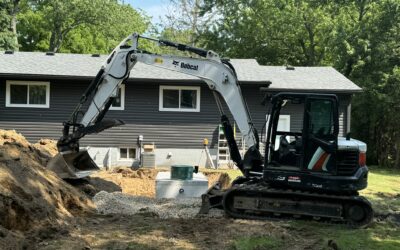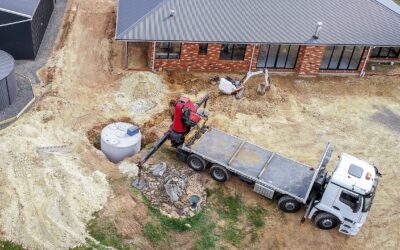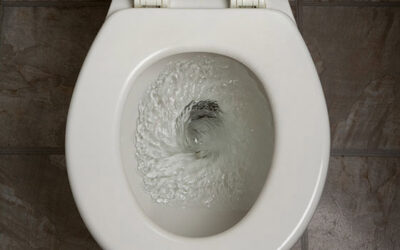How Long Does a Septic Tank Last? (and How to Make Yours Last Longer)
A septic system is among the more hidden but essential components of many homes and businesses — especially in rural and semi-rural areas. One of the most common questions homeowners ask is: how long does a septic tank last? Understanding the lifespan, the factors that affect it, and the maintenance required can save you from costly repairs or early replacement.
At BEST Plumbing & Drainage Contractors, we’ve installed, repaired, and maintained septic systems in London, Ontario and across Southwestern Ontario for decades. This guide draws on our hands-on experience and aligns with content from our Septic Systems blog and Septic Systems FAQ pages to provide a definitive resource on septic tank longevity.
What Is a Septic Tank & How It Works
A septic tank is a watertight container (often concrete, fibreglass, or plastic) that collects household wastewater. Inside, solids settle to the bottom (forming sludge) while lighter materials float (forming scum). The liquid effluent then exits to a drain (leach) field for further treatment.
Because a septic tank is buried, many homeowners rarely see it — but its condition is critical to the performance of the overall septic system.
Typical Lifespan: What You Can Expect
There’s no fixed “expiration date” for a septic tank, but under good conditions, many last 20 to 40 years or more. Vocal+1
The exact longevity depends on various factors (discussed below). Some older concrete tanks (especially from older installations) may deteriorate earlier, while modern tanks built with high-quality materials and well-maintained may exceed 40 years.
Key Factors That Determine How Long a Septic Tank Lasts
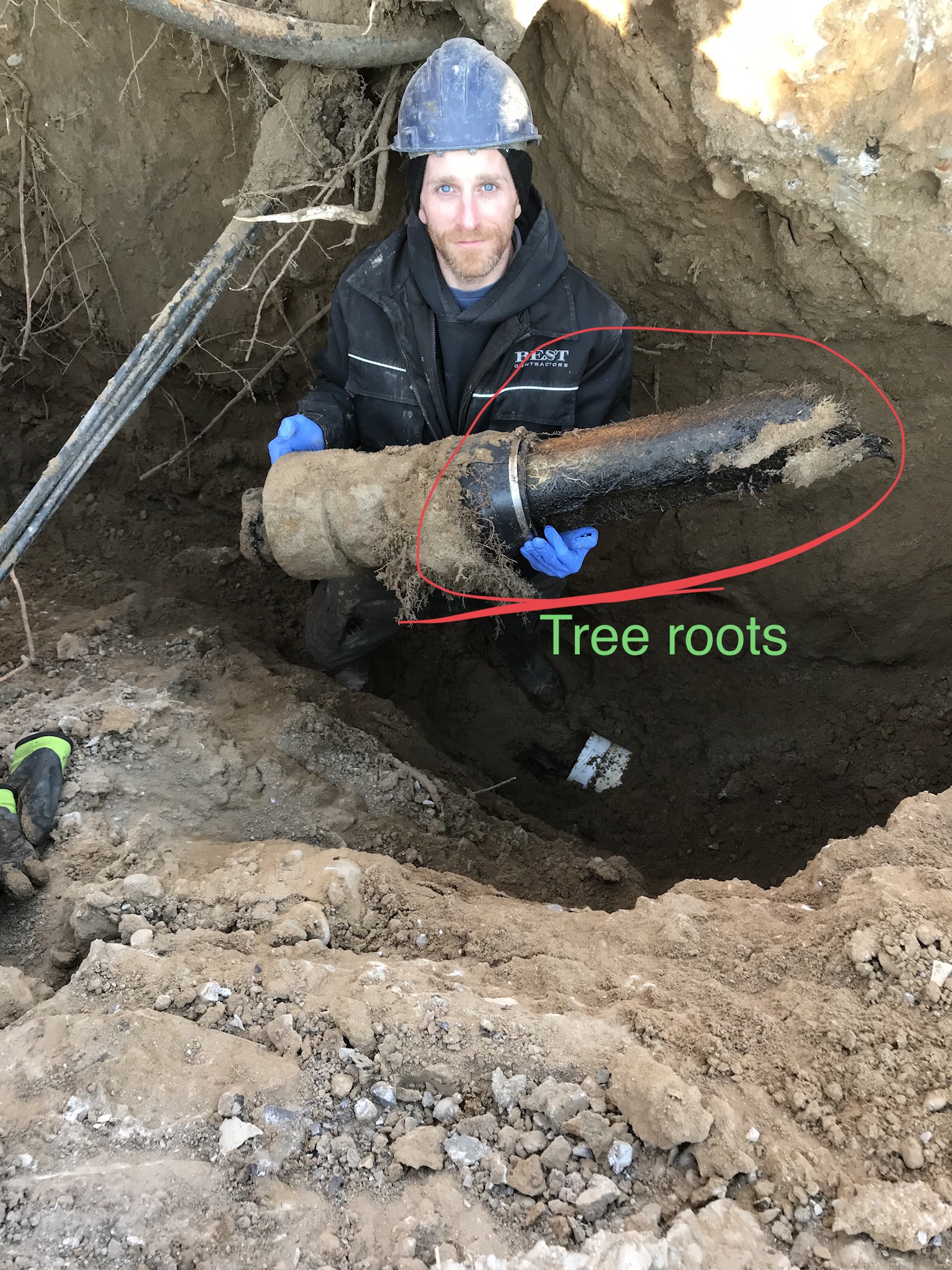 Here’s what influences how long your septic tank will continue working efficiently:
Here’s what influences how long your septic tank will continue working efficiently:
Quality of Construction & Material
Durable materials (reinforced concrete, heavy-duty plastic, or fibreglass) and proper workmanship extend longevity. Subpar materials or weak construction can lead to cracking, corrosion, or structural failure early on.Maintenance & Pumping Schedule
Regular pumping and inspections prevent excess sludge from clogging or damaging the tank and drain field. As multiple sources note, most tanks should be pumped every 3 to 5 years, though this can vary with household size, usage, and tank capacity.
Neglect can lead to sludge overload, cracks, or seepage — drastically shortening lifespan.Water Usage & Disposal Habits
Overloading the tank with high volumes of water or flushing non-biodegradable items (baby wipes, grease, plastics, harsh chemicals) can stress the tank, disrupt microbial activity, or cause blockages.
Best Drainage often advises clients to adopt water-efficient fixtures, stagger laundry loads, and only flush septic-safe products.Soil Conditions, Groundwater & Environment
Tanks in areas with high groundwater or poorly drained soils face increased pressure and corrosion risks. If the soil shifts or floods, it may place structural stress.
BEST plumbers often perform a detailed site assessment before recommending tank types or installations to suit local soil and groundwater conditions.Root Intrusion & External Damage
Tree roots, heavy machinery over the septic area, or excavation can damage tank walls or inlet/outlet pipes. Ensuring proper landscaping and protecting the area above the tank helps mitigate risks.
How to Maximize Septic Tank Longevity: Best Practices
Here’s how homeowners can help ensure their septic tank lasts as long as possible:
1. Schedule Regular Inspections
Annual or biennial inspections (more often for older systems) can catch early signs of cracks, leaks, or shifting. A professional can check levels of sludge and scum, the integrity of baffles, and the condition of piping.
2. Pump on a Proper Schedule
Follow a pumping schedule tailored to your household. Consider:
Household size
Tank capacity
Water consumption patterns
If sludge reaches ~30–50% of tank capacity, it’s time to pump. Many experts recommend every 3–5 years under average use.
BEST Plumbing & Drainage offers scheduled maintenance and pumping services to keep your system in optimal condition.
3. Monitor & Control Water Use
Fix leaks (toilets, faucets) promptly
Install low-flow fixtures
Avoid running multiple high-use appliances simultaneously
Divert roof or storm water away from the drain field
Reducing load helps maintain proper separation of solids and prevents overflows or backup.
4. Flush Responsibly
Only human waste and septic-safe toilet paper should go into the system. Avoid:
Wipes (even “flushable”)
Grease or fats
Chemical drain cleaners
Paints, solvents
Pharmaceuticals (use proper disposal)
These substances can disrupt bacteria or clog the system.
5. Protect the Tank & Drain Field
Never drive vehicles over the tank or drain field
Maintain a buffer zone above the tank (avoid planting trees with invasive roots)
Keep heavy landscaping or structures off septic areas
Avoid excessive water from excessive lawn irrigation over drain field
6. Upgrade or Repair Proactively
If the inspection reveals cracking, corrosion, or failing components, act early. Partial repairs (lining, relining, replacing baffles) may delay full replacement. In some cases, upgrading to a newer tank or system (e.g., chamber systems, enhanced treatment systems) may be sensible.
Warning Signs That Your Septic Tank May Be Failing
 Be alert for these red flags — they may indicate your system’s nearing end-of-life or needing urgent attention:
Be alert for these red flags — they may indicate your system’s nearing end-of-life or needing urgent attention:
Slow drains or backups in sinks, toilets
Gurgling sounds in plumbing
Sewage odors near the tank or drain field
Pooling water or overly lush patches over the drain field
Sewer “splash” on surfaces
High nitrate or coliform levels in nearby wells (in rural areas)
If you see these, call a certified contractor (such as BEST Plumbing & Drainage) immediately.
 Replacement vs. Repair: When to Replace a Septic Tank
Replacement vs. Repair: When to Replace a Septic Tank
You might need full replacement if:
The tank is severely cracked or corroded beyond repair
The tank has collapsed
Persistent drain field failure due to tank issues
Frequent recurring backups even after repairs
In replacement, a modern tank, installed with correct soil considerations and using quality materials, can offer renewed longevity.
Summary & Takeaway
A well-built and maintained septic tank typically lasts 20–40 years or more, but many variables influence this.
To maximize lifespan: inspect regularly, pump routinely, avoid overuse or misuse, and protect the tank site.
If warning signs arise, act early to repair or replace as needed.
Protect Your Home and Environment with BEST Plumbing & Drainage Contractors
A septic system is an investment that protects your property, your family’s health, and the environment. Don’t wait until you notice a problem—be proactive with regular maintenance and professional inspections.
Contact BEST Plumbing & Drainage Contractors for trusted septic system services in London, Ontario, and throughout Southwestern Ontario. With over 50 years of proven experience, our licensed experts specialize in septic tank pumping, repairs, inspections, and complete system installations. We use advanced equipment and follow industry best practices to keep your septic system efficient, reliable, and environmentally safe.
Whether you need routine maintenance, emergency septic repair, or a new system installation, our friendly team is here to help—24 hours a day, 7 days a week. Avoid costly backups and damage by scheduling your service today.
Call (519) 438-6565 or contact us online for a free estimate and expert advice on your septic system.
Protect your home, property, and the environment with the specialists at BEST Plumbing & Drainage Contractors—your local septic experts since 1970.
FAQs (Frequently Asked Questions)
Below are quick answers to common questions. You can link or expand this into your Septic Systems FAQ page:
Q: How often should I pump my septic tank?
A: Typically every 3–5 years, but it depends on tank size, number of users, and water usage.
Q: Can I add chemicals or additives to extend life?
A: Most experts caution against harsh chemicals or “miracle cures.” Use only septic-safe enzymes or approved additives. Improper chemicals can harm beneficial bacteria.
Q: Do I need to ever replace parts of the tank?
A: Yes — baffles, lids, risers, or piping can wear out and safely be replaced to extend system life.
Q: Will changing my usage habits help?
A: Yes — reducing water load, adopting efficient plumbing fixtures, and avoiding blockages will stress the system less.
Q: Who should I call to inspect or repair my septic system?
A: Always hire licensed, reputable professionals. In London, Ontario, BEST Plumbing & Drainage is a trusted name for septic work. You can check their Septic Systems services page for more.


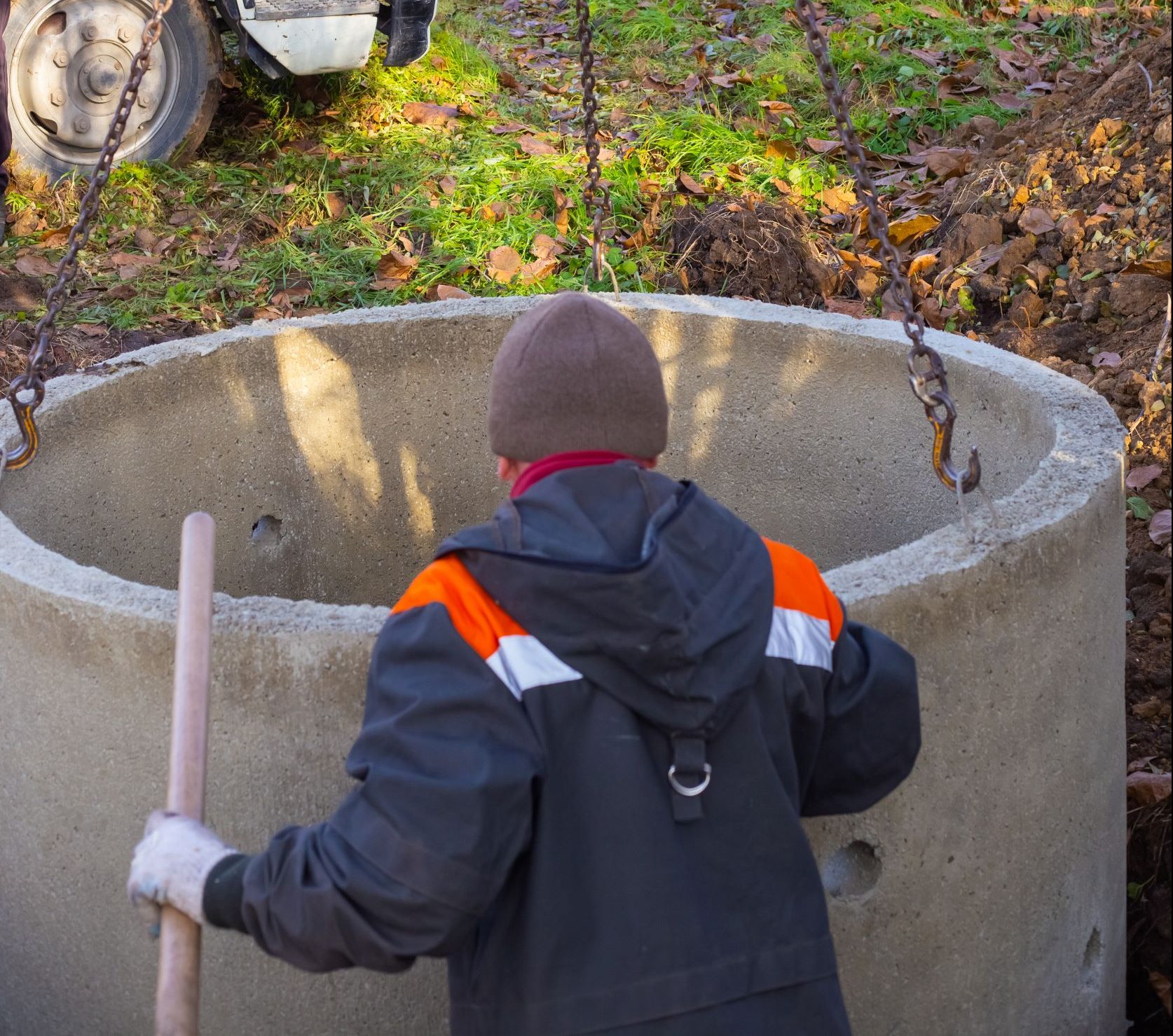
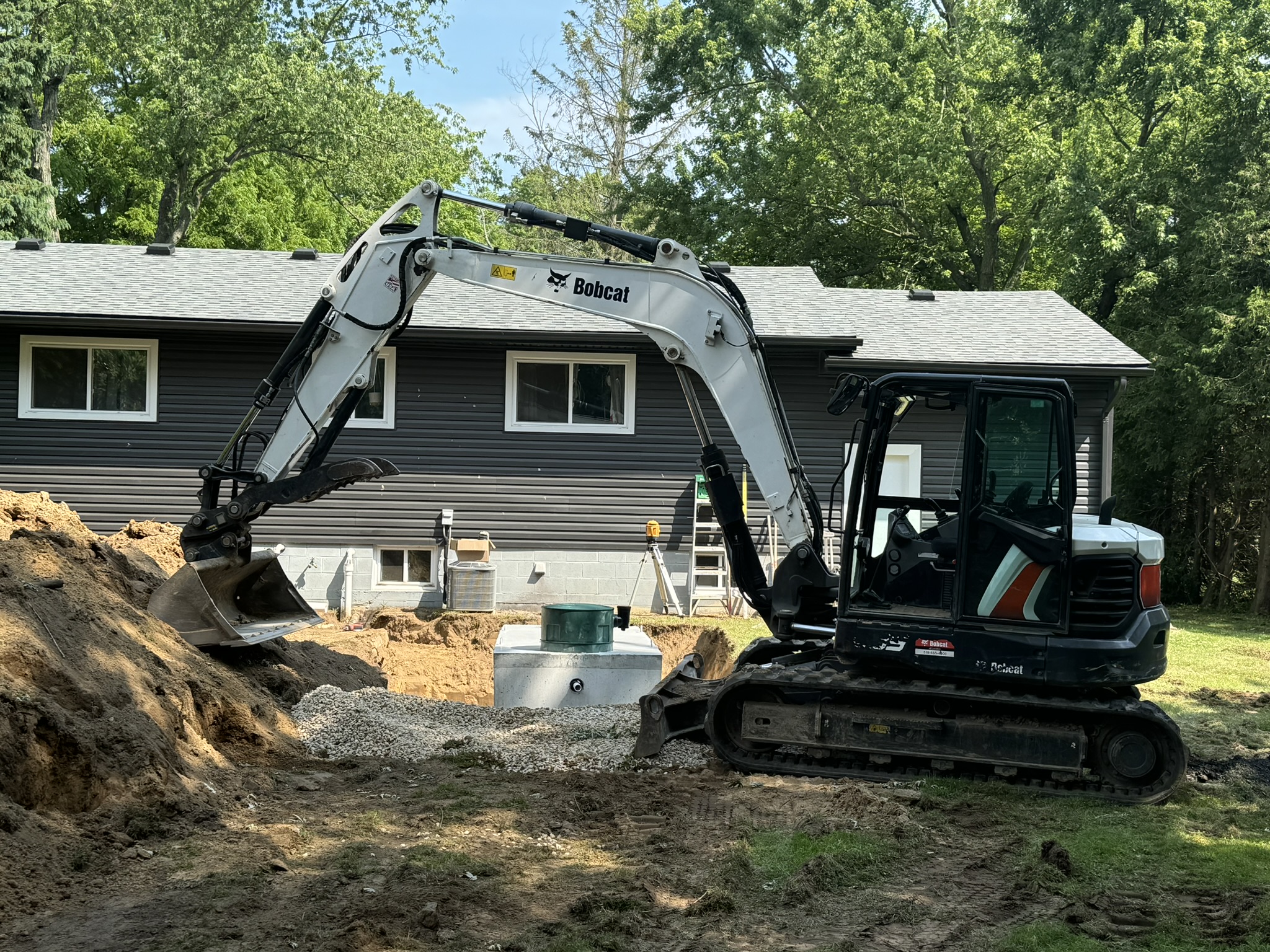 Replacement vs. Repair: When to Replace a Septic Tank
Replacement vs. Repair: When to Replace a Septic Tank